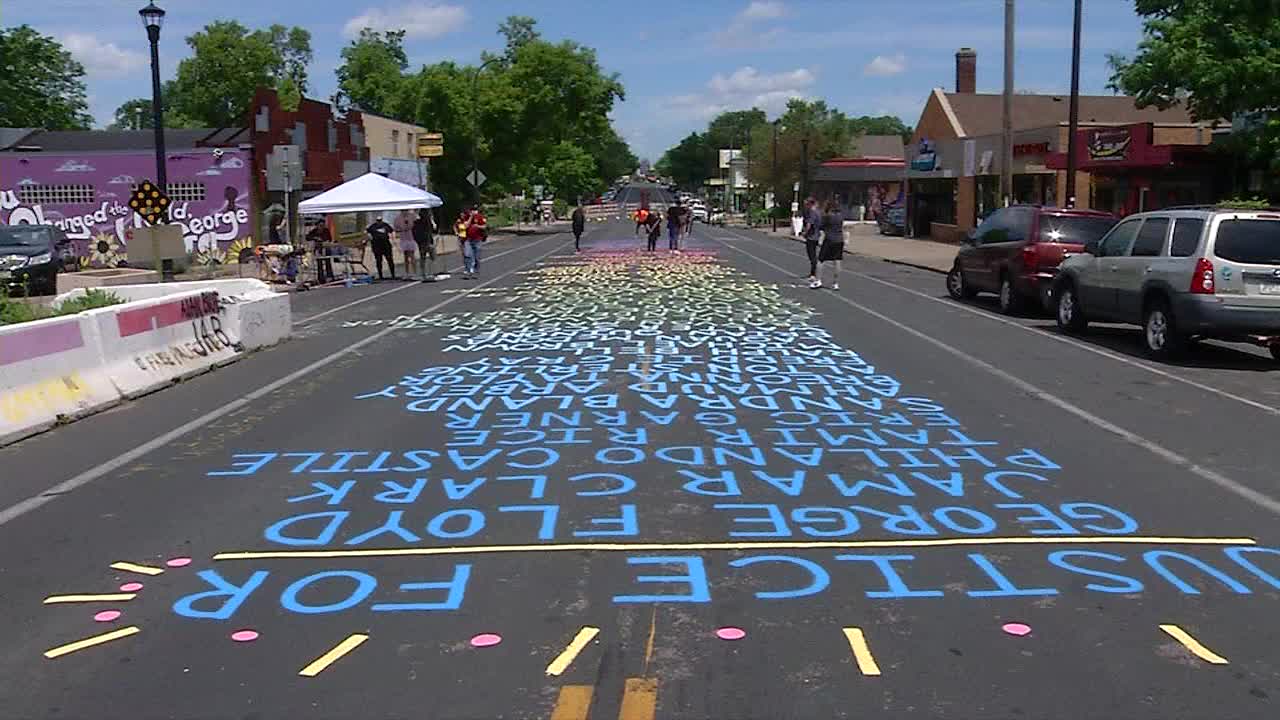
Four years have passed since the tragic death of George Floyd at the intersection of 38th Street and Chicago Avenue in South Minneapolis on May 25, 2020. The event sparked nationwide protests against police brutality and institutional racism. Today, George Floyd Square stands as a symbol of resistance and healing.
People gather daily at the square for protest and reflection. Brass Solidarity, a group committed to justice and Black liberation, performs weekly at the site. Healing is a common thread among those who attend.
George Floyd Square is believed to be the longest ongoing protest in America with people meeting there every day. The community demands 24 changes from the city which include ending qualified immunity and removing certain officials, some of which have been met but not all.
Minneapolis City Council Member Andrea Jenkins has made strides towards meeting some of the demands, including creating a new Public Safety Center and implementing behavioral Crisis Response Teams. The city is currently seeking community input on the future of George Floyd Square and racial healing efforts.
Meanwhile, in other parts of the country, progress towards racial justice has been slow. Some question whether the movement has lost its momentum.
The book 'His Name Is George Floyd' by Robert Samuels and Toluse Olorunnipa examines institutional racism in Floyd's life and legacy. The authors reflect on the retrenchment of the racial-justice movement sparked by his death.
In Syracuse, neighbors held a 'We March because We Care' event in memory of George Floyd on May 25, 2023. Bishop H. Bernard Alex and the Syracuse chapter of the National Action Network hosted the march.
Despite progress in some areas, there is still a lack of notable revitalization at George Floyd Square in Minneapolis. Director of communications for nearby business Agape Movement, Bridgette Stewart, expressed disappointment about the community being overlooked and underserved. The city said permanent development on George Floyd Square won't begin until 2025.
The delay in development has left businesses struggling to thrive. White concrete barricades still sit where parking spots would be on Chicago Avenue, making it difficult for coffee shop owners to attract customers. Homeless people continue to gather at the site, creating challenges for the community.
As of its latest timeline, the City of Minneapolis said permanent development on George Floyd Square won't begin until 2025.



